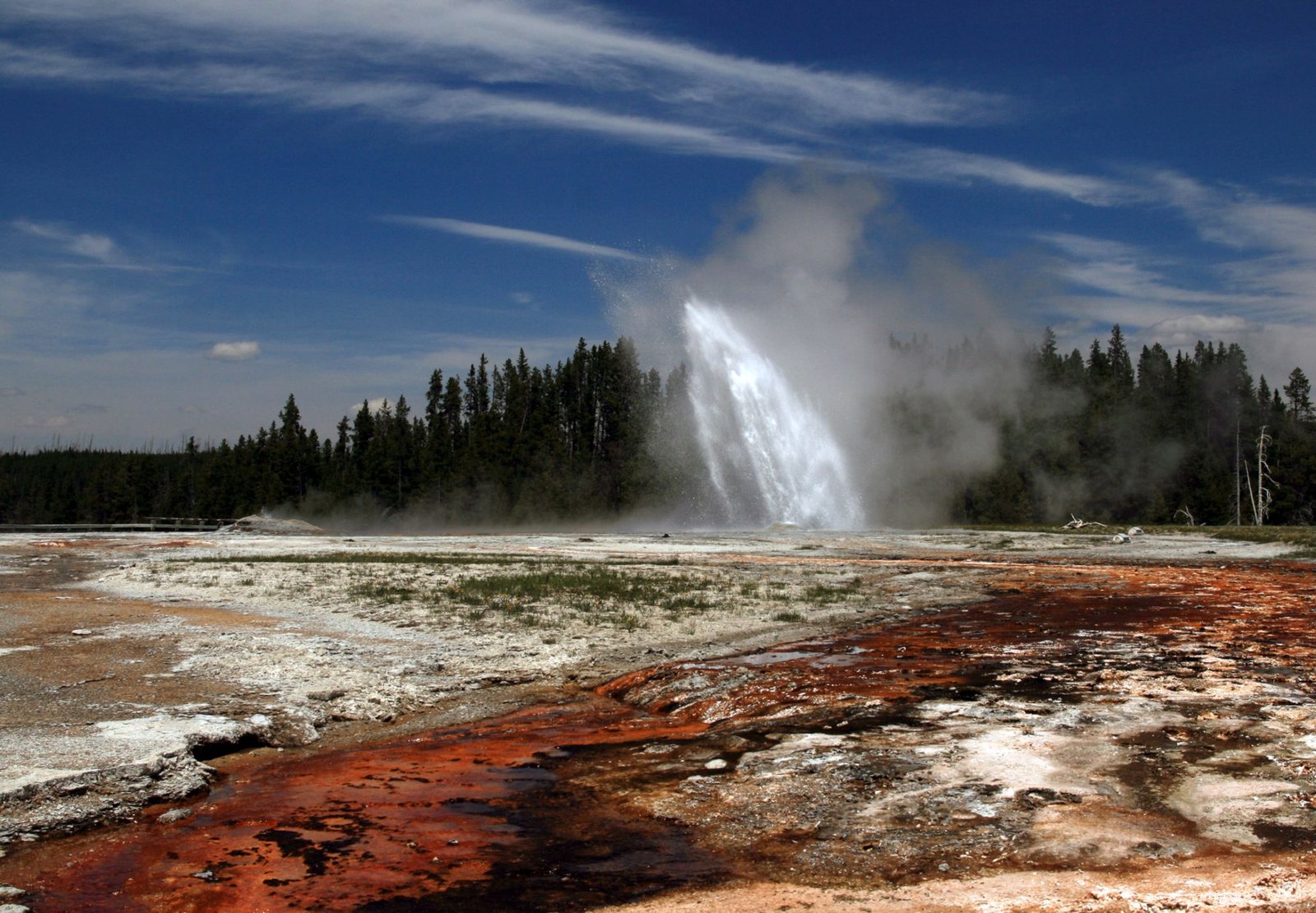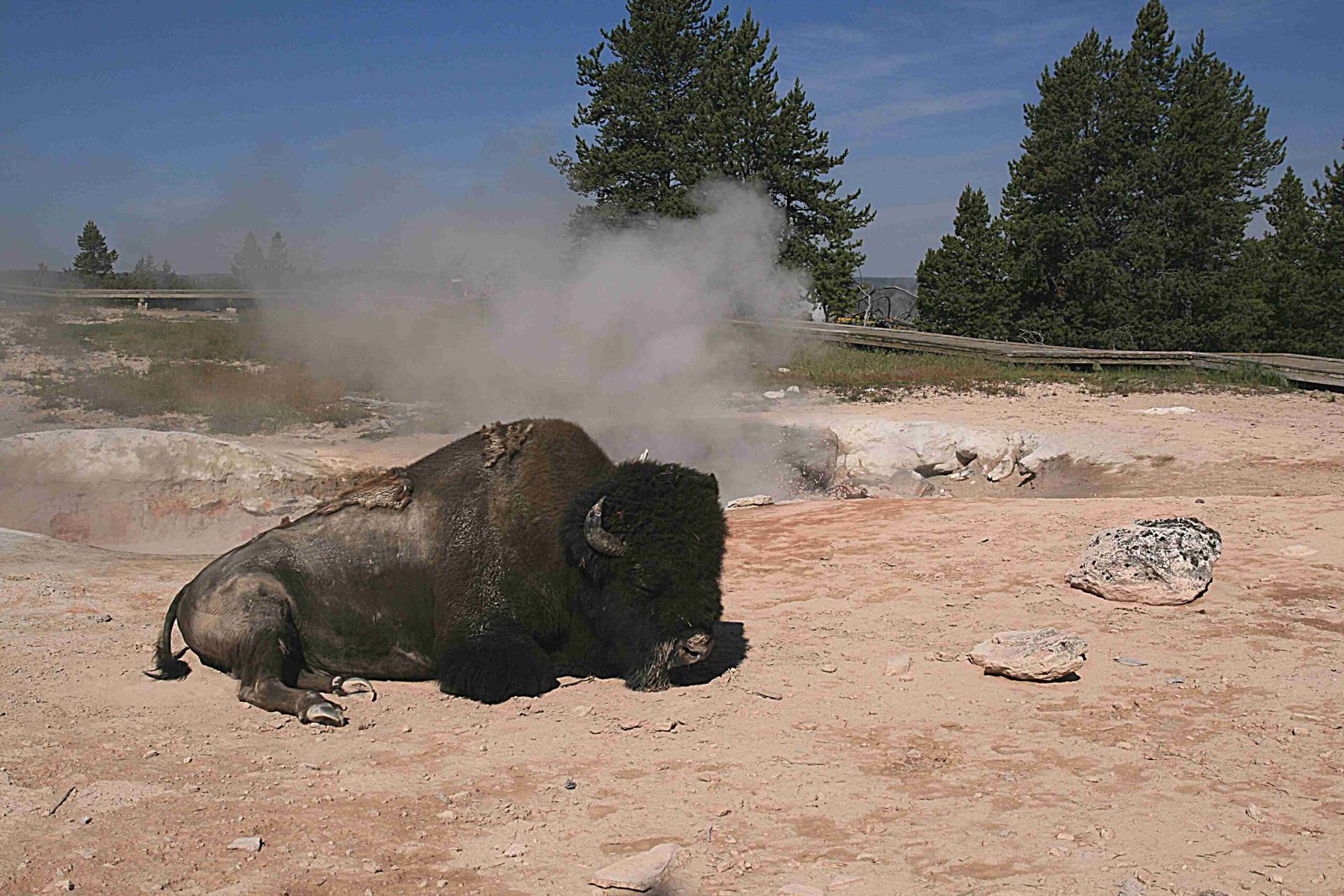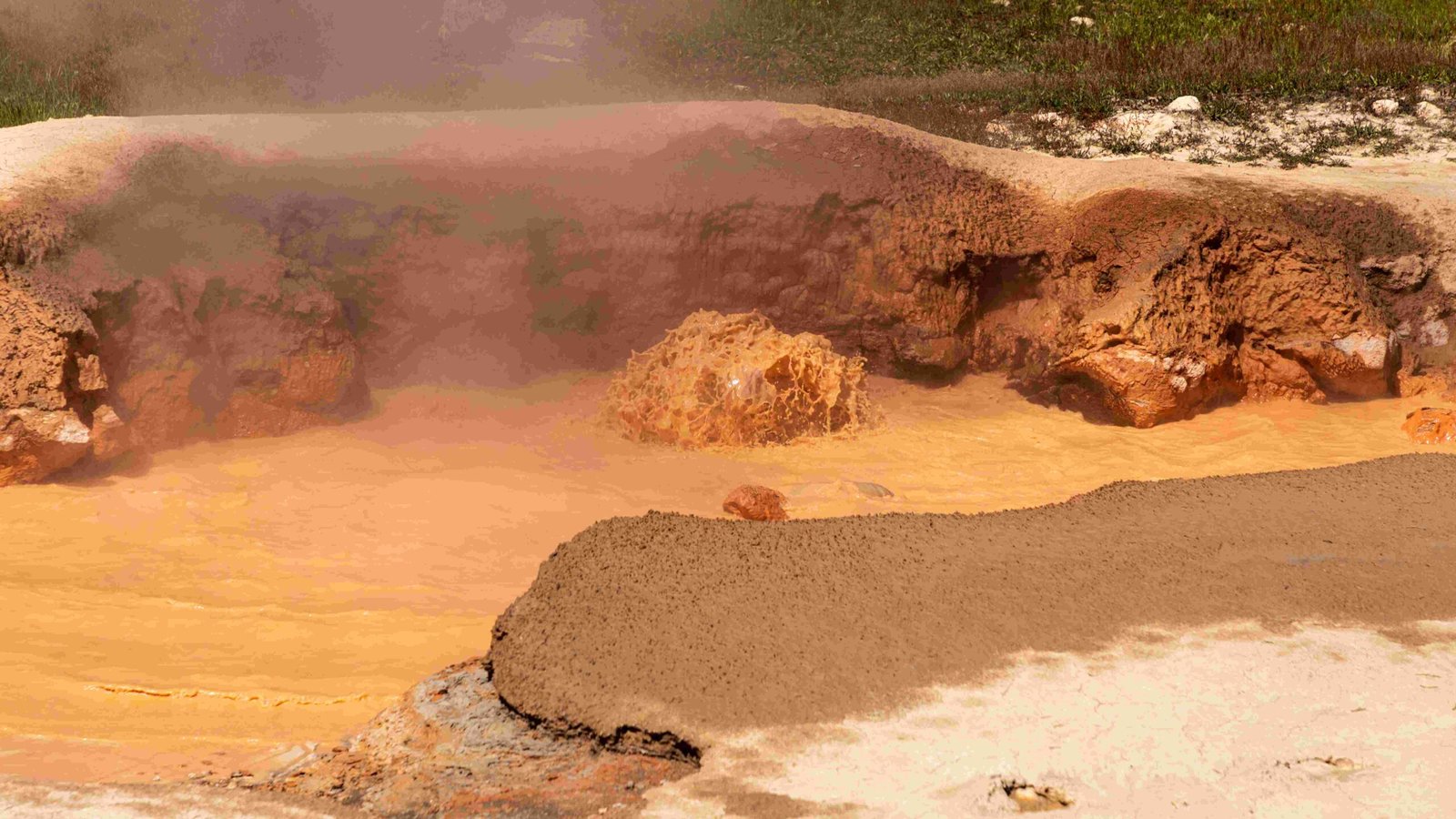Offseason Yellowstone National Park offers a unique and magical experience for visitors. From mid-December to mid-March, the park transforms into a snow-covered wonderland, providing opportunities for snowmobiling, cross-country skiing, and wildlife viewing. With fewer crowds and stunning winter landscapes, the offseason in Yellowstone presents a different perspective of this iconic national park, allowing visitors to explore its geothermal features and diverse wildlife in a serene, snow-blanketed setting.
What Are the Dates and Conditions for Yellowstone’s Winter Season?

The winter season in Yellowstone National Park typically runs from December 15 to mid-March. During this period, most park roads are closed to regular vehicles but open to guided snowmobiles and snowcoaches. Here’s what you need to know about the conditions:
- Temperature Range: 0°F to 20°F (-20°C to -5°C) during the day
- Snowfall: 2-3 feet or more in valley floors by January
- Road Access: Limited to commercially guided snowmobiles and snowcoaches
- Park Entrances: North, West, and South entrances are open for winter activities
What Activities Can You Enjoy in Offseason Yellowstone?

Offseason Yellowstone offers a variety of unique winter activities:
- Snowmobiling
- Snowcoach tours
- Cross-country skiing
- Snowshoeing
- Wildlife viewing
- Geyser watching
Guided Tour Options
| Tour Type | Description | Departure Points |
|---|---|---|
| Snowmobile Tours | Guided trips to popular attractions | North, West, and South entrances |
| Snowcoach Tours | Heated oversnow vehicles for comfort | North, West, and South entrances |
| Ski/Snowshoe Tours | Guided backcountry experiences | Various locations within the park |
For the best experience, book your tours in advance through authorized park concessioners.
Where Can You Stay During the Offseason in Yellowstone?
Two main lodging options are available within the park during winter:
- Old Faithful Snow Lodge and Cabins
- Open: December 16 to March 2
- Amenities: Dining room, gift shop, ski shop
-
Proximity: Near Old Faithful geyser
-
Mammoth Hot Springs Hotel
- Open: December 15 to March 3
- Amenities: Dining room, gift shop, ski shop
- Proximity: Near Mammoth Hot Springs and North Entrance
Both lodges require advance reservations and offer a cozy retreat after a day of winter activities.
How Can You Best View Wildlife in Offseason Yellowstone?
Wildlife viewing in winter can be spectacular, with animals easier to spot against the snow. Here are some tips:
- Best Locations:
- Lamar Valley for wolves and bison
- Mammoth Hot Springs area for elk
-
National Elk Refuge (near the park) for large elk herds
-
Viewing Guidelines:
- Maintain at least 100 yards from bears and wolves
- Keep 25 yards distance from other wildlife
- Use binoculars or telephoto lenses for safe viewing
- Never feed or approach wildlife
Remember, winter is a challenging time for animals, so it’s crucial to respect their space and not cause them stress.
What Gear Should You Pack for Offseason Yellowstone?
Proper gear is essential for a comfortable and safe winter visit:
- Insulated, waterproof jacket
- Warm layers (fleece, wool)
- Insulated, waterproof boots
- Warm hat and gloves
- Sunglasses and sunscreen (snow reflection can be intense)
- Traction aids for boots (for icy boardwalks)
- Camera with extra batteries (cold drains batteries quickly)
How Does Transportation Work in Offseason Yellowstone?
During the winter season, transportation within the park is limited:
- Most park roads are closed to regular vehicles
- Snowmobiles and snowcoaches are the primary modes of transportation
- Guided tours are available from the North, West, and South entrances
- The road from the North Entrance to Cooke City remains open to vehicles year-round
What Are the Unique Experiences of Offseason Yellowstone?
Visiting Yellowstone in the offseason offers several unique experiences:
- Steaming Geysers: The contrast of steam against the snowy landscape is breathtaking
- Frosted Bison: Seeing these iconic animals with frost-covered fur is unforgettable
- Quiet Solitude: With fewer visitors, you can experience the park’s tranquility
- Winter Photography: The snow-covered landscapes provide stunning photo opportunities
- Stargazing: Clear winter nights offer excellent conditions for stargazing
How Can You Prepare for the Extreme Cold in Offseason Yellowstone?
Yellowstone’s winter temperatures can be extreme. Here are some tips to stay safe and comfortable:
- Layer your clothing for flexibility
- Stay hydrated (cold air is very dry)
- Protect exposed skin from frostbite
- Be aware of signs of hypothermia
- Carry hand and foot warmers
- Limit time outdoors in extremely cold conditions
What Are the Booking and Reservation Requirements for Offseason Yellowstone?
To ensure a smooth offseason visit:
- Book lodging at least 6-12 months in advance
- Reserve guided tours (snowmobile, snowcoach) early
- Check the park’s website for updated winter regulations
- Obtain necessary permits for any backcountry activities
Remember, services are limited during the offseason, so thorough planning is essential.
Offseason Yellowstone National Park offers a unique and magical experience for those willing to brave the cold. With proper planning and preparation, you can enjoy the park’s winter wonderland, witness stunning natural phenomena, and create unforgettable memories in one of America’s most iconic landscapes.
References:
1. https://www.nps.gov/yell/learn/news/23042.htm
2. https://www.nps.gov/yell/planyourvisit/seasonalhighlights.htm
3. https://www.yellowstonepark.com/park/weather-seasons/winter-in-yellowstone/

